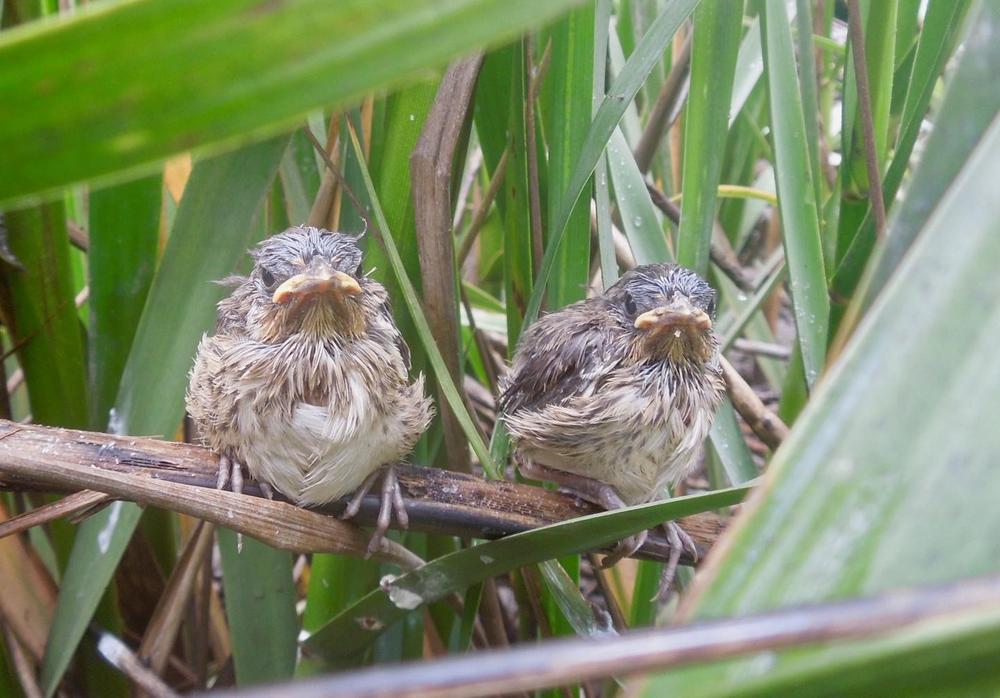
Section Branding
Header Content
In Georgia's Salt Marshes, An Interspecies Smackdown Is Rising
Primary Content

Climate change may be introducing an unexpected new threat to birds living in Georgia’s tidal salt marshes. Researchers at the Hunter Lab at Georgia Southern University in Statesboro, GA documented the first recorded instance of a fish preying on a seaside sparrow.
Corina Newsome of Georgia Audubon told Science Friday that she was studying how the birds adapt to mammalian predators like mink, rice rats and racoons.
“I had a video camera on the nest to record any potential nest predation,” Newsome told producer Katie Feather. And that’s when she observed something she’d never seen: a small fish, called a mummichog, attacking a hatchling in a nest that had been flooded by the tide.
“When I saw the fish jump into the nest, I remember screaming,” she said. “I couldn’t even watch the rest before I started texting all of my friends, and my colleagues and my advisor, like, ‘A fish is in a seaside sparrow nest. What is happening?’”
Scientists have made numerous accounts of bird species preying on fish in the wild. This new predator-prey interaction came as a surprise, explained Newsome. She conducted her research in the Glynn County marshlands near Brunswick and St. Simon’s Island. It’s where seaside sparrows build their nests in marsh grasses that grow three to six feet high.
The birds build their nests at a height off the ground that is high enough to avoid nest flooding, but low enough to avoid the risk of nest predation. “They are essentially trying to optimize the perfect nest location to avoid those opposing threats,” she said.
But with this recorded discovery, Newsome says that fish may be an additional predator and threat to these birds. Newsome and her colleagues suspect that climate change is making these interactions more frequent.
“Nest flooding is a threat that seaside sparrows have been facing for a long time, even before the climate change scenario we’re in now,” she said. “But it would not surprise me if, in fact, this was a relatively common occurrence for nests that were low enough to the ground, where the tide was able to enter the nest.”
The department of Natural Resources has been working with Newsome’s advisor Elizabeth Hunter on seaside sparrow conservation efforts. So far, the department has been very receptive to the recommendations of scientists “regarding the management of wildlife that are of conservation concern,” Newsome said.
You can hear the full interview at ScienceFriday.com.

